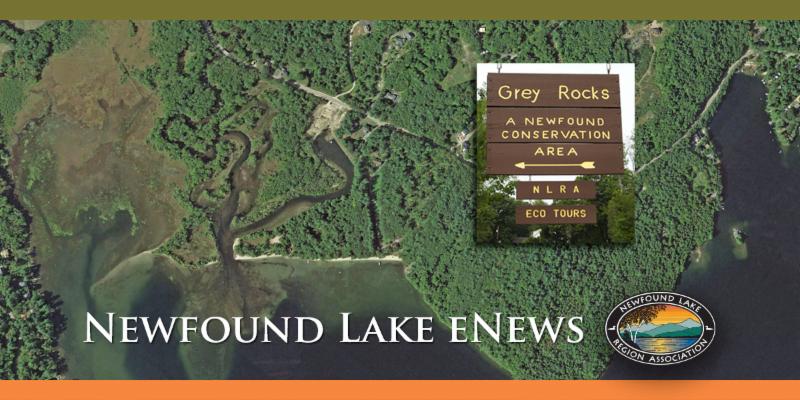
The Story of Grey Rocks, Part 2: From Concept to Reality
By Andrew Veilleux, Program Manager
NLRA’s Grey Rocks Conservation Area holds different meanings for different people. The property has been used by Native Americans as a fishing camp, by young women in the 1930s at Camp Grey Rock, as the Newfound Marina since the 1950s, and currently as the NLRA’s public environmental education and conservation property.
The NLRA is keenly aware of the many unique values of Grey Rocks’ 30-acres, where the clear and cold waters of the Cockermouth River enter Newfound Lake, and the importance of any decisions made about its future restoration and use. This eNews is the second in a six-part series that will tell the story of how Grey Rocks is an example of practical and sustainable land-use practices. Each email in this series will highlight an aspect of Grey Rocks’ restoration, and introduce you to one of the native plants on the site, so that you can bring some of our Grey Rocks’ practices to your home.
History of Grey Rocks
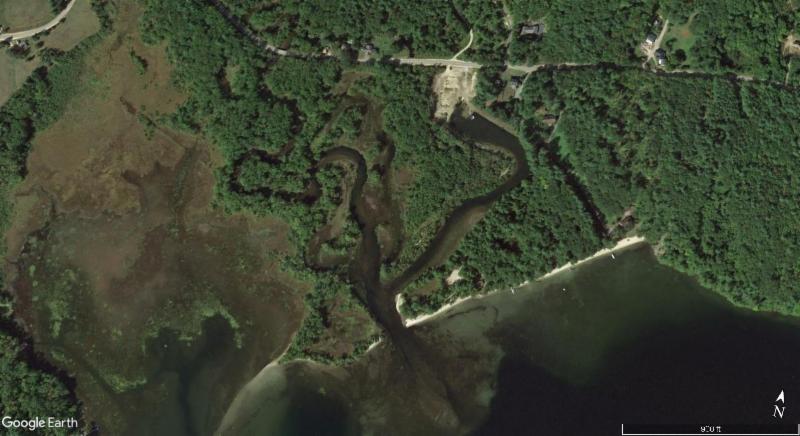
The Grey Rocks property and abutting Charles Bean Sanctuary have seen many changes since the glaciers shaped Newfound Lake. The Cockermouth River Delta’s winding channels have been created, changed and destroyed multiple times, as seen in aerial photographs.
These complex patterns create nutrient-rich soils and productive and diverse habitat. This was first noticed by the Abenaki tribe of Native Americans, who capitalized on the abundant fish and game. Many artifacts have been found on the north end of the lake along the Hebron Town Beach and the aptly named Indian Point. Unfortunately, the history of the Abenaki who lived here is not better known, due to limited recorded history and epidemic diseases essentially wiping out the entire population.
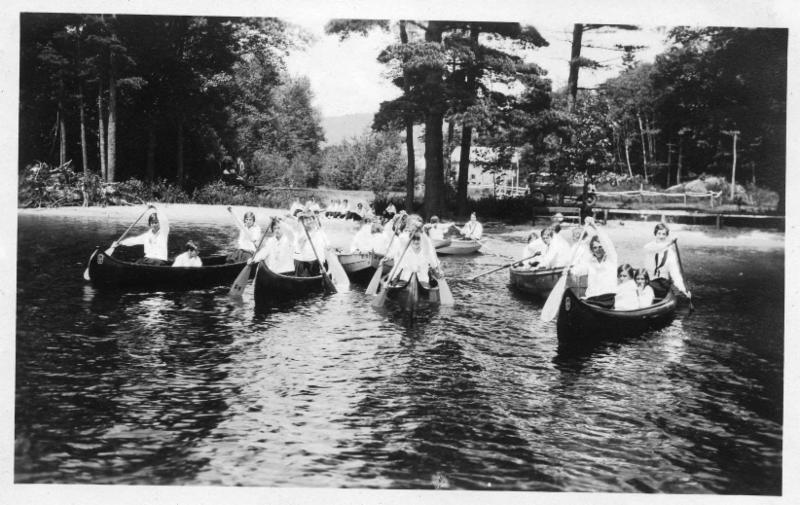 In 1927, Camp Grey Rocks was founded to introduce young girls to the outdoors using what is now the Grey Rocks Conservation Area, with main camp facilities located at the Hebron Town Beach. The grey granite ledge at the east end of the beach is the Camp’s namesake. Camp Grey Rocks was founded by Dorothy McLane, affectionately known as Aunt Dot to many. The camp offered activities such as riflery, cricket, boating, swimming, hiking, horseback riding and crafts. Because of the difficulty in running an outdoors girls’ camp at the time, as well as the Great Depression, Camp Grey Rocks closed in the late 1930s.
In 1927, Camp Grey Rocks was founded to introduce young girls to the outdoors using what is now the Grey Rocks Conservation Area, with main camp facilities located at the Hebron Town Beach. The grey granite ledge at the east end of the beach is the Camp’s namesake. Camp Grey Rocks was founded by Dorothy McLane, affectionately known as Aunt Dot to many. The camp offered activities such as riflery, cricket, boating, swimming, hiking, horseback riding and crafts. Because of the difficulty in running an outdoors girls’ camp at the time, as well as the Great Depression, Camp Grey Rocks closed in the late 1930s.
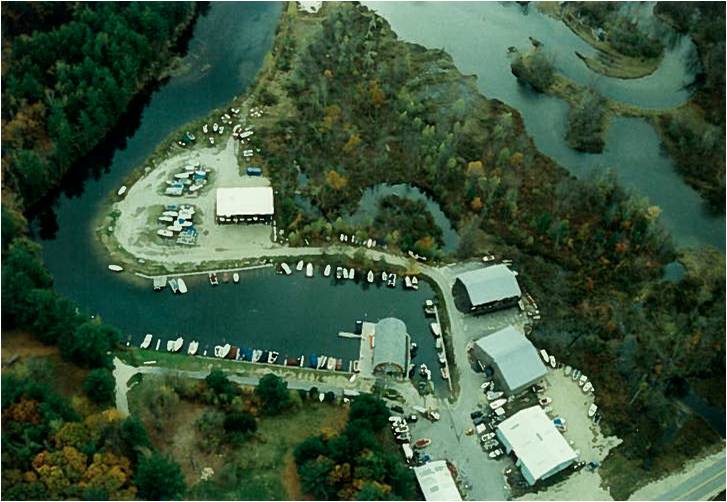 The Newfound Marina was established by Wes Sanborn in the late 1940s. A channel to the Lake was dredged and several buildings were constructed. The modern Sandy Point Trail is built on top of the dredged material. With little moving water, the channel is now filling with sediment and, without constant boat traffic, native water plants are flourishing. The Marina served multiple generations of boaters who gassed up, serviced and stored their various watercraft before the property was donated to NLRA in late 2011.
The Newfound Marina was established by Wes Sanborn in the late 1940s. A channel to the Lake was dredged and several buildings were constructed. The modern Sandy Point Trail is built on top of the dredged material. With little moving water, the channel is now filling with sediment and, without constant boat traffic, native water plants are flourishing. The Marina served multiple generations of boaters who gassed up, serviced and stored their various watercraft before the property was donated to NLRA in late 2011.
The intersection of the lake, river, wetlands and floodplain creates a highly valued and connected habitat for hundreds of species or plants and animals. The NLRA is proud of our responsibility to steward some of the most productive natural habitat in New England. The future will see intentional reintroduction of native habitat to the property, while educating the public with hands-on, outdoor experiences. This new phase of Grey Rocks is well underway, and we welcome your part in shaping this rare and exemplary property for years to come.
Plant of the Month (Winterberry)
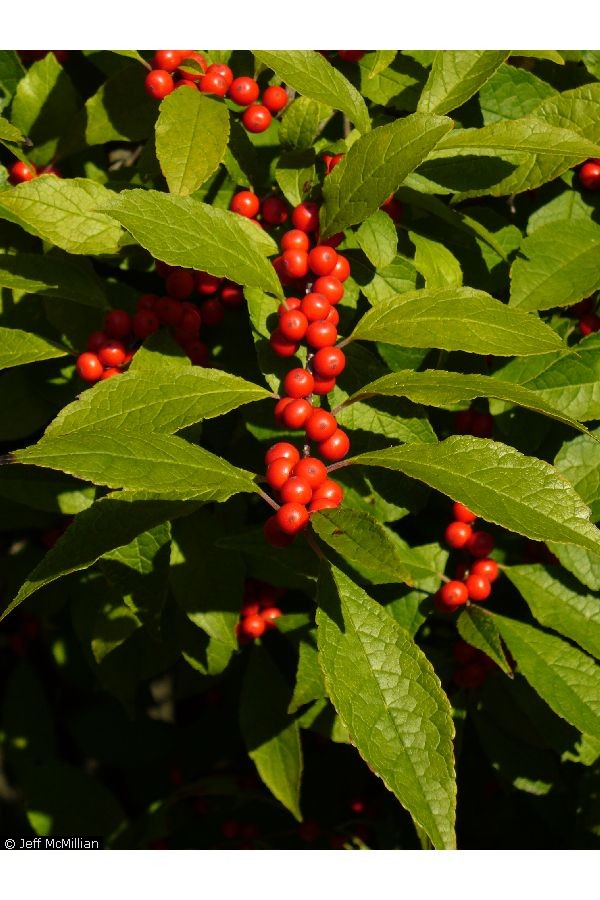 When designing a garden, including showy winter plants when other flowers have become dormant builds ecosystem diversity and beauty. Winterberry is related to holly, a decorative holiday plant, making this a perfect Plant of the Month for January. The red berries are a healthy and attractive source of food for many birds and small wildlife, providing sustenance in a time of harsh conditions. Because Winterberry is only known for obscure medicinal purposes for humans, it is mainly used for aesthetic qualities in landscape designs like Grey Rocks.
When designing a garden, including showy winter plants when other flowers have become dormant builds ecosystem diversity and beauty. Winterberry is related to holly, a decorative holiday plant, making this a perfect Plant of the Month for January. The red berries are a healthy and attractive source of food for many birds and small wildlife, providing sustenance in a time of harsh conditions. Because Winterberry is only known for obscure medicinal purposes for humans, it is mainly used for aesthetic qualities in landscape designs like Grey Rocks.
Want to learn more about Grey Rocks? Click here or follow us on Facebook!
Camp Grey Rocks picture courtesy of Ron Collins
Winterberry picture provided by Jeff McMillian, hosted by the USDA-NRCS PLANTS Database
